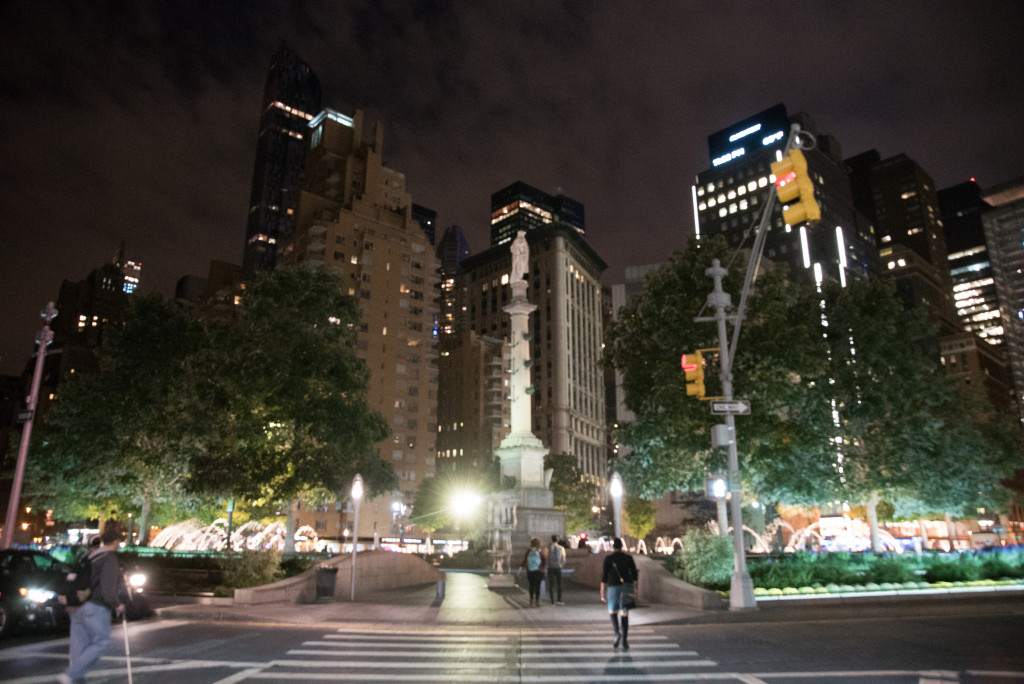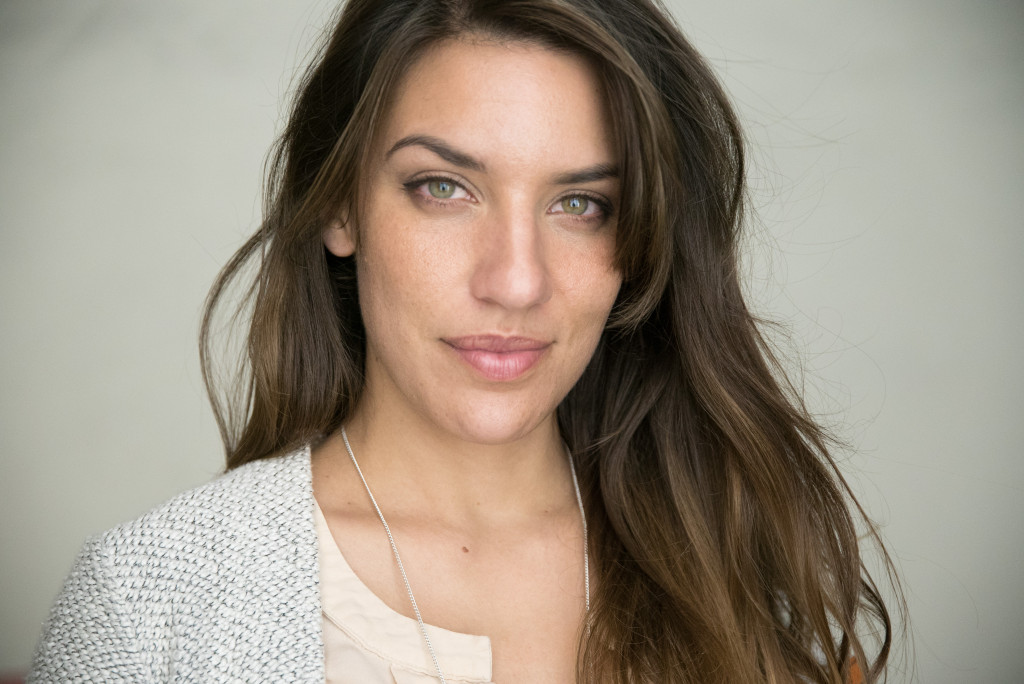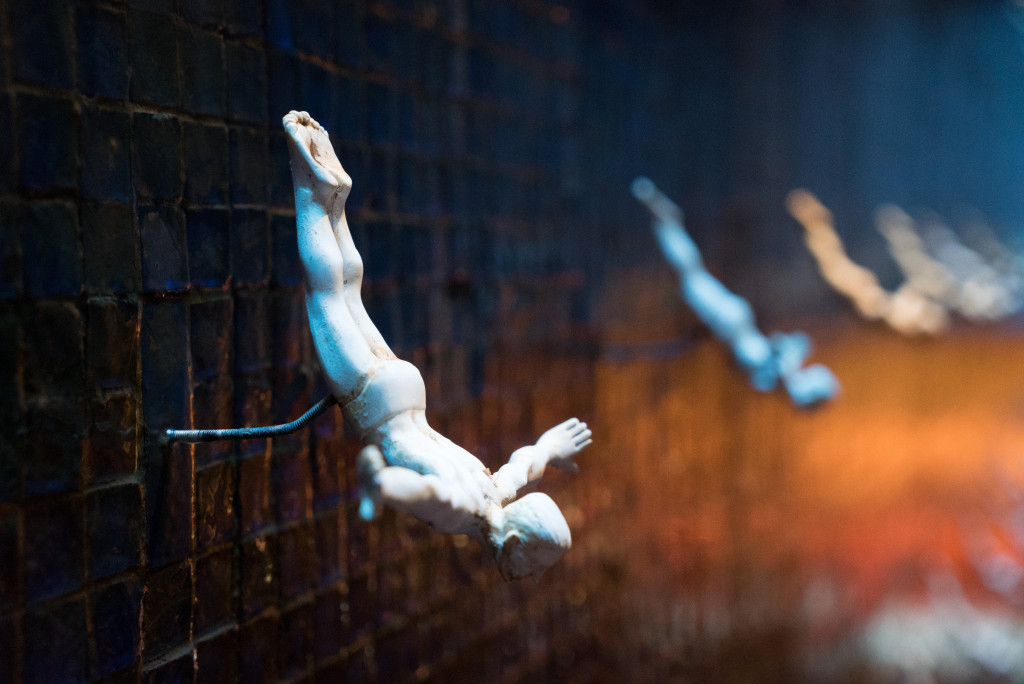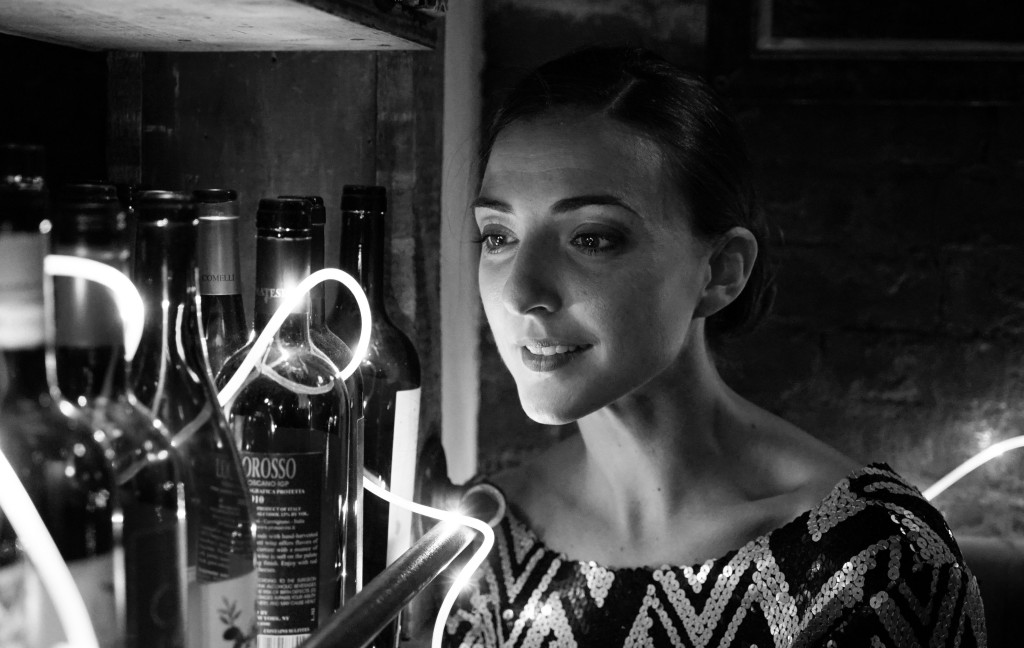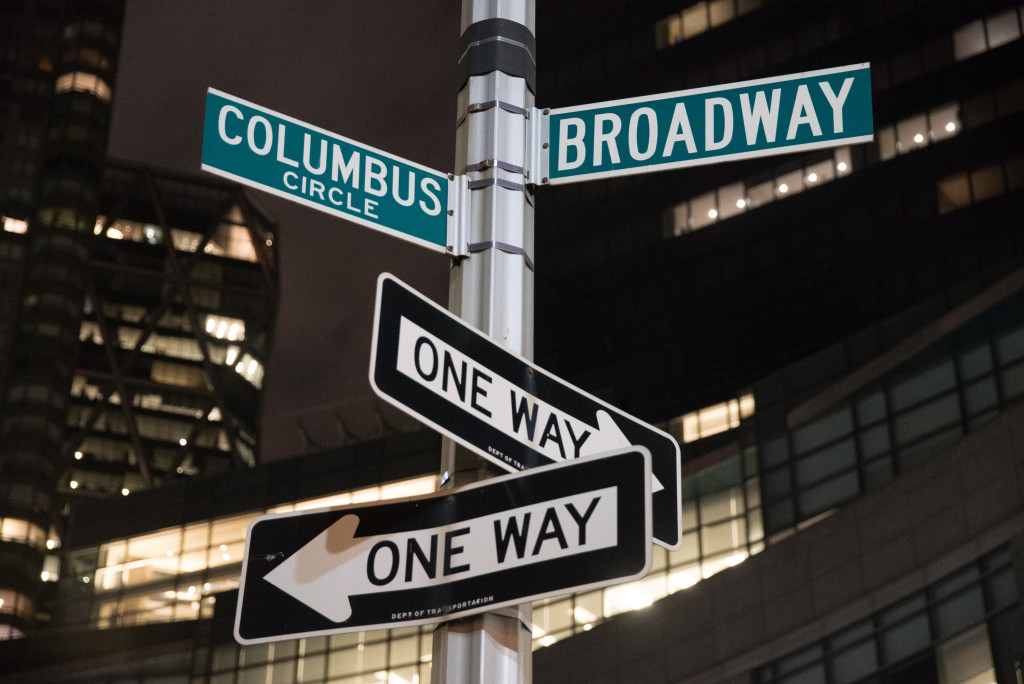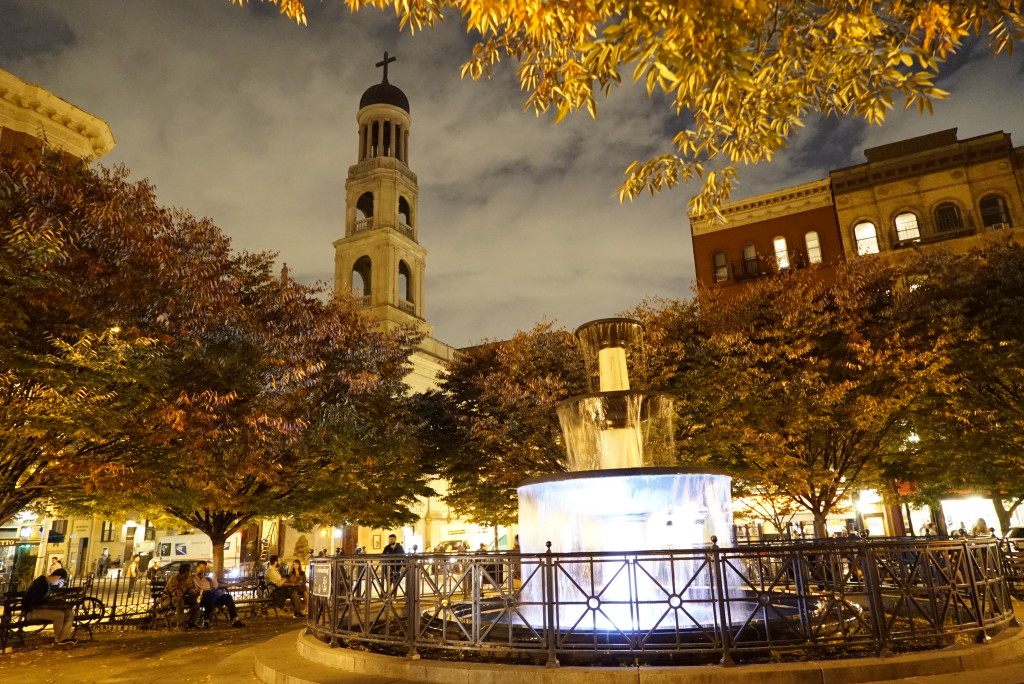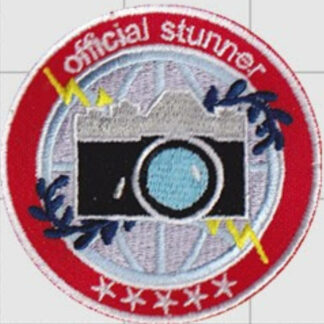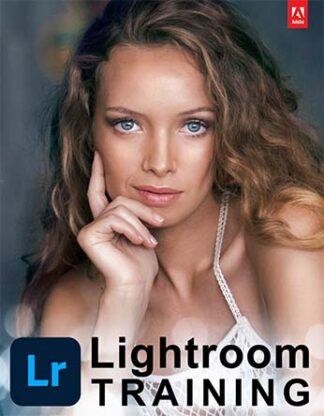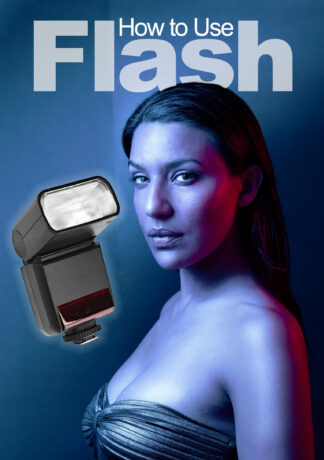The Sony a7S II is Sony’s full-frame, low-light camera. It’s 12 megapixels, which means it doesn’t provide the most detail for still images. It’s true capabilities are seen once you begin shooting video, but we’ll get to that a little later.
When compared to the less expensive, 36-megapixel D810, the Sony images are cleaner in low light when we scale the D810 images down to the same resolution.
Just want the samples? Here they are.
This same shows the images 1:1 (if you click it) at ISO 3200, with the Nikon’s scaled-down image on the left.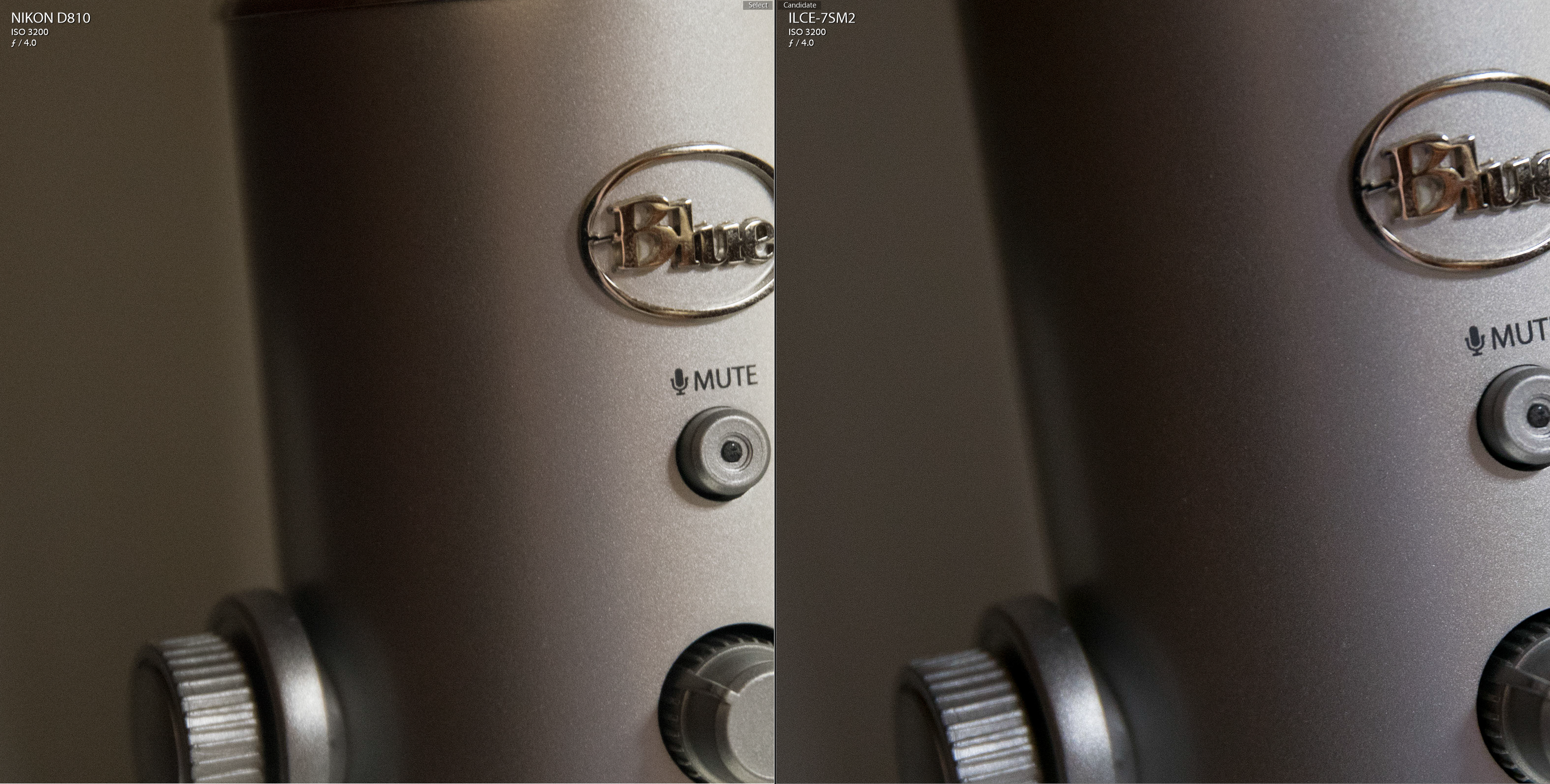
As you can see, the difference is subtle, and if we were to raise the noise reduction before scaling the Nikon’s image down, any differences would disappear. For that reason, it’s hard to recommend the a7S II just for stills.
Here’s a side-by-side comparison at ISO 12,800, where the differences are more obvious:

However, that’s fairly easy to overcome with D810 raw files. Because they have so much more detail, we can raise the noise reduction to virtually eliminate noise, while still retaining more detail than the a7S II is capable of capturing. Additionally, the D810 has a vastly better autofocus system than the a7S II’s contrast-based autofocus system, which is better suited to manual focus.
Where the a7S II shines is video. Indeed, the video quality is better than any camera we’ve ever tested, and the full-frame sensor means you get the shallowest depth-of-field from readily available 35mm lenses. It’s remarkable. It can literally see in the dark, especially when paired with a fast prime lens.
Compared to the original a7S, the a7S II has several advantages for video:
- Internal 4k recording. With the a7S, you can only record 4k if you use an external recorder.
- 1080/120 FPS. Recording 120 frames per second at full HD gives you the ability to do 4x slow motion at 30 frames per second. If you render your video at 24 frames per second, you can slow down to 5x slow motion.
- Stabilized sensor. The a7S II can reduce your handshake with any lens, including fast primes, making it excellent for handheld video.
- Better autofocusing. While the a7S II’s autofocus system is still not the best on the market, or even better than the a7R II, it has improved since the original a7S.
All of the above technical specifications are nice to know, but the true test of a camera is whether or not you want to shoot with it. Tony and I took our copy out on the town to test it’s low-light capabilities and overall usability and, overall, were really pleased with the a7SII performance.
Check out these pictures from our night out:


